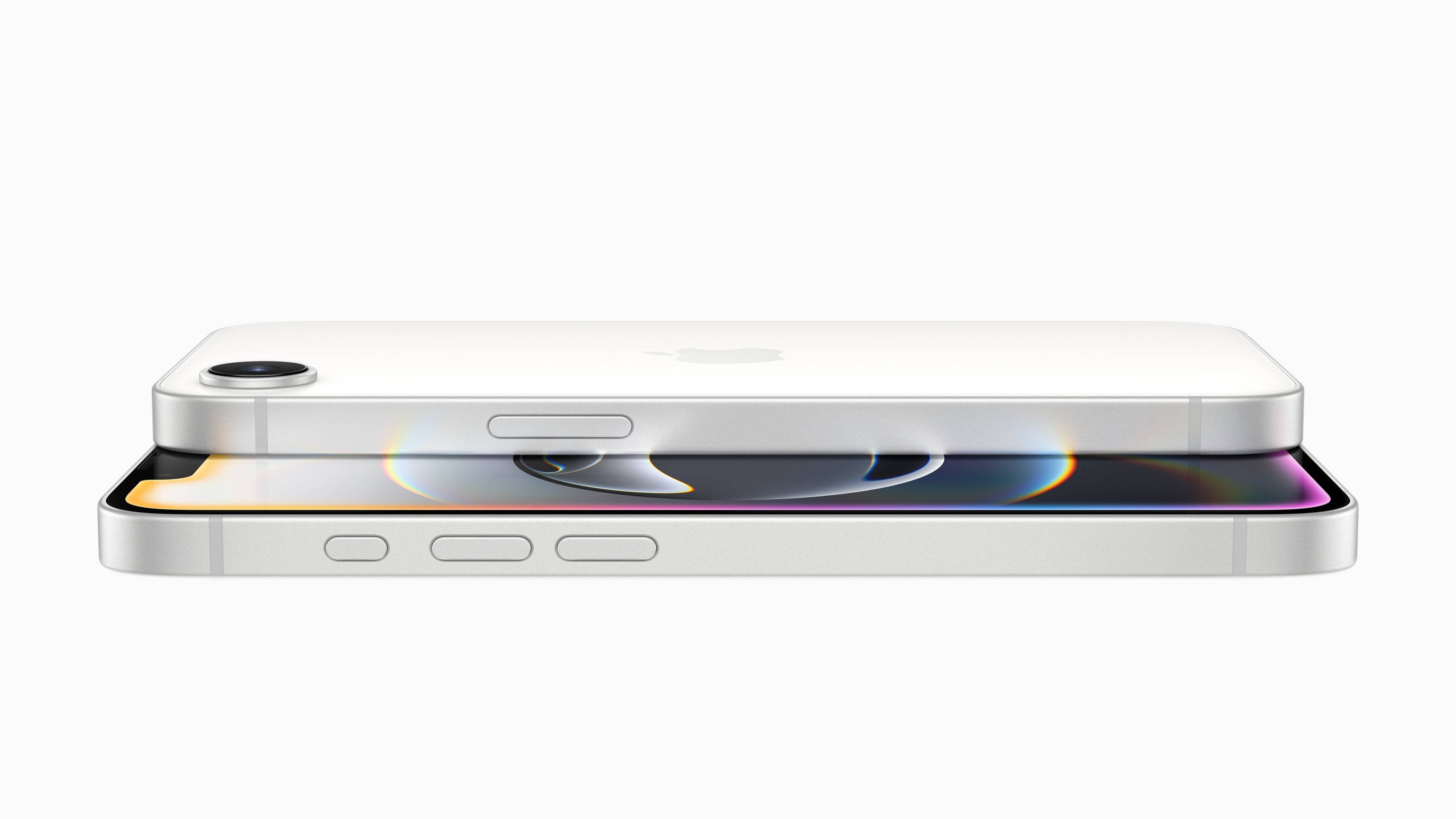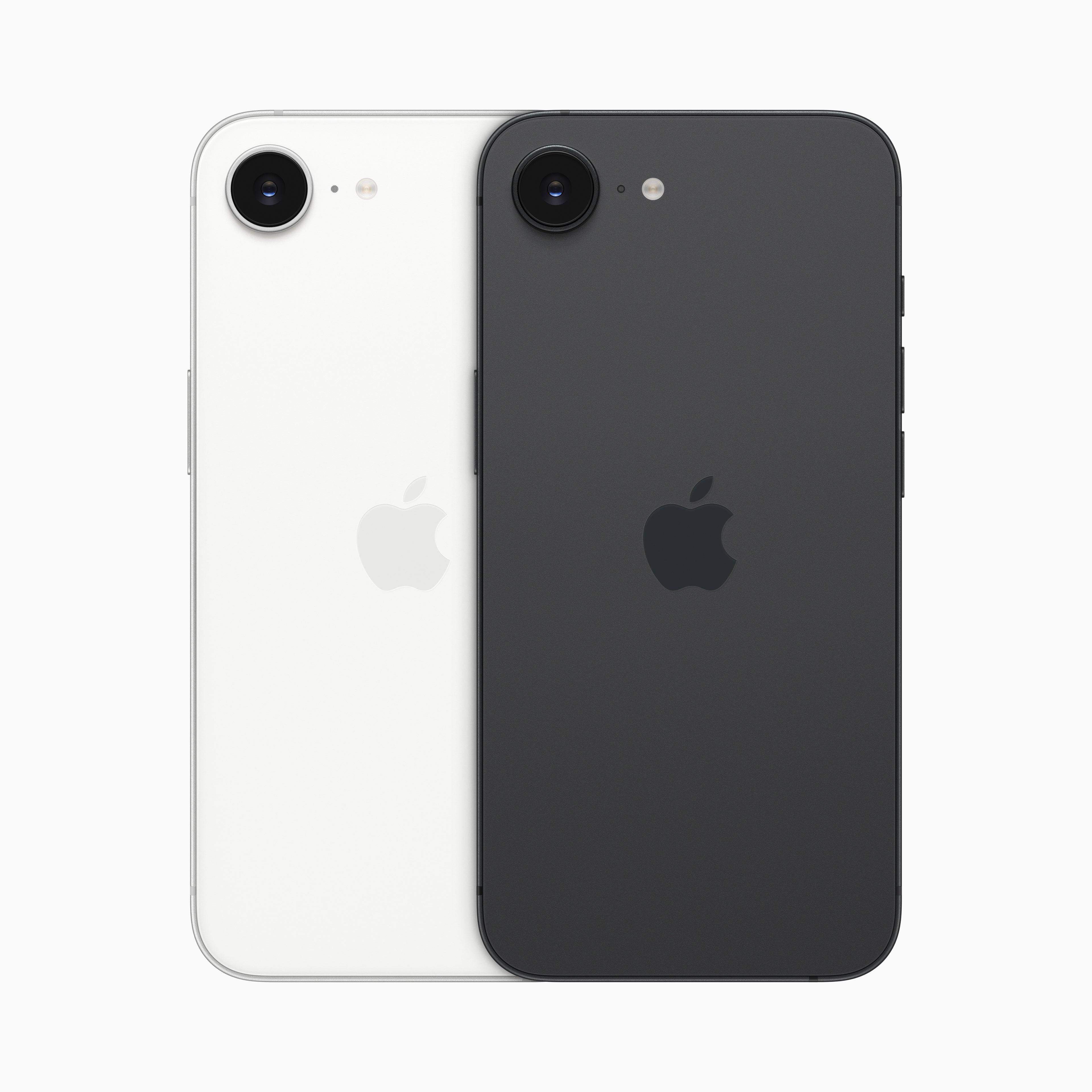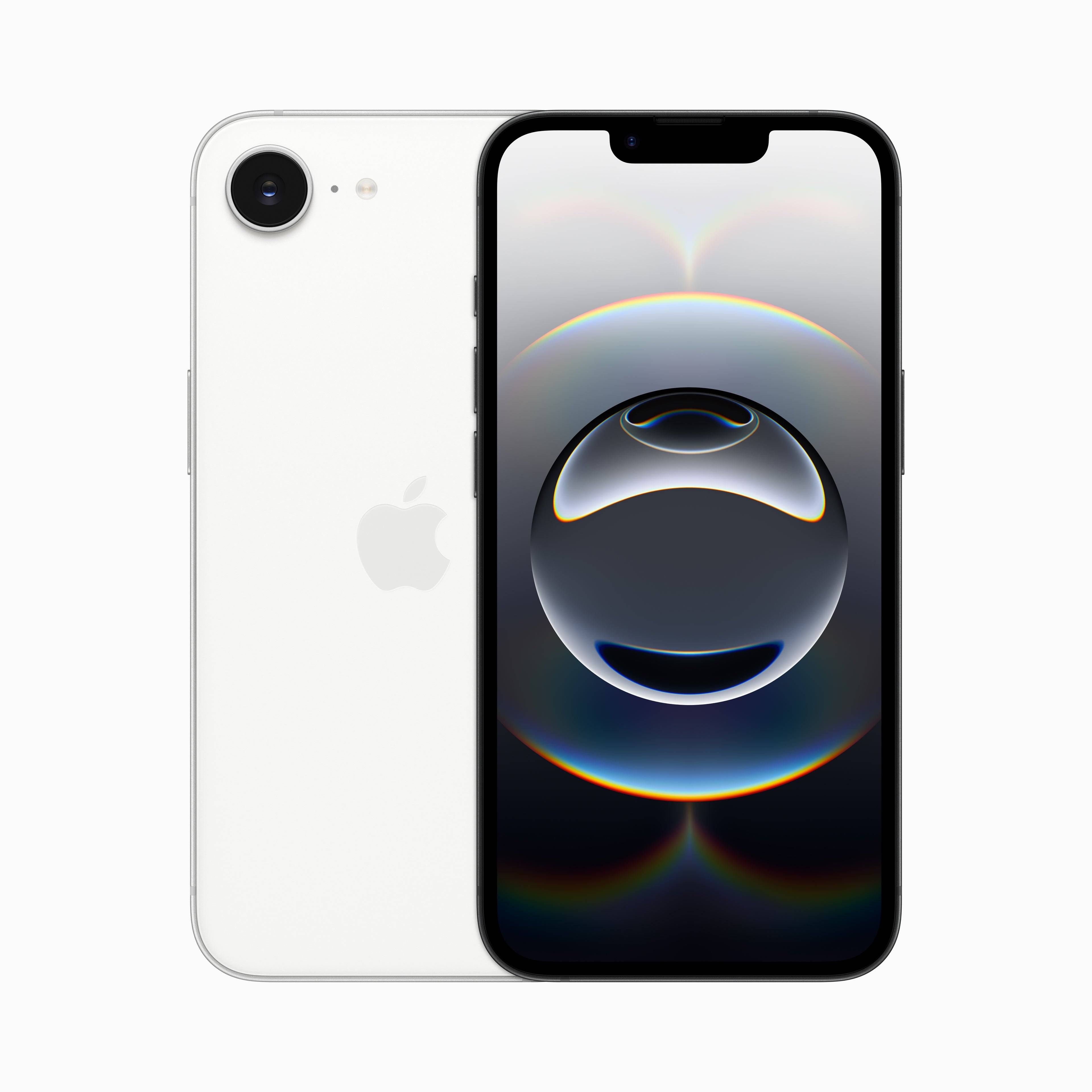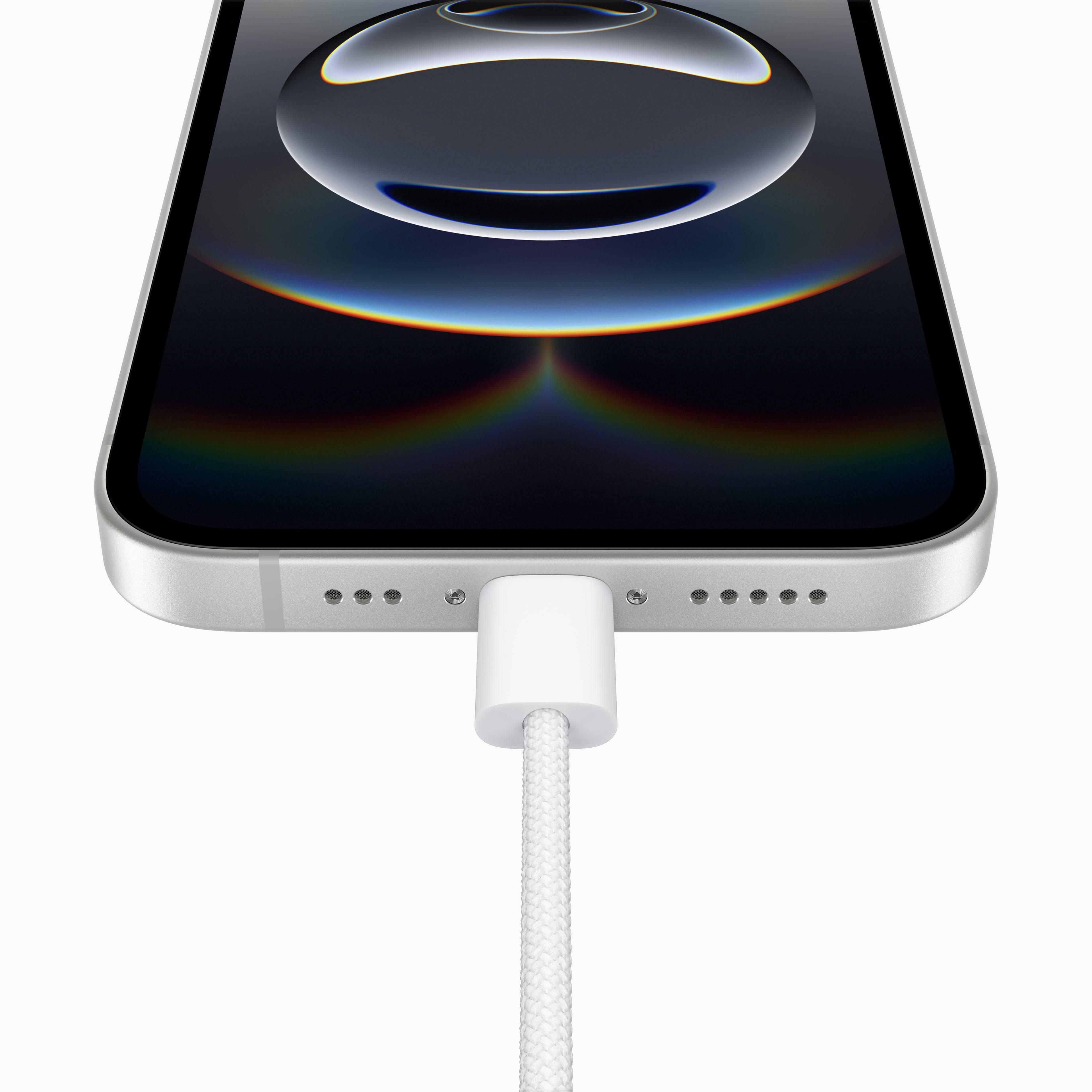On Wednesday morning, Apple unveiled the iPhone 16e, now the most budget-friendly model in their current lineup. This new release replaces the 2022 iPhone SE as the go-to "affordable" option, though it marks a departure from the steep discounts the SE series was known for. Priced at $599, the iPhone 16e narrows the price gap with the $799 iPhone 16 released last fall. Pre-orders for the iPhone 16e begin on Friday, Feb. 21, with the official release scheduled for the following week on Friday, Feb. 28.
The iPhone 16e is notable for being the first to feature Apple's C1 cellular modem. Apple has enjoyed significant success with its in-house chips, such as the M1 and subsequent models in its computers and the A-series chips in its mobile devices. The cellular modem, often an overlooked component, is crucial for connectivity. Should Apple falter with the C1, it could lead to various connectivity issues. Hopefully, the company has learned from the "Antennagate" debacle with the iPhone 4, which struggled with cell signal strength due to antenna design and placement, and has ensured the iPhone 16e's connectivity is robust.
iPhone 16e

 4 Images
4 Images

From the front, distinguishing the iPhone 16e from the iPhone 14 is challenging. The display specifications are identical, featuring a 6.1-inch OLED with a 2532x1170 resolution panel and a peak brightness of 1,200 nits. While not as sharp or bright as the iPhone 16, the iPhone 16e includes the Action button and a USB-C port, but lacks the Camera Control feature.
The back of the iPhone 16e sets it apart from other iPhones, sporting a single 48MP camera, reminiscent of the iPhone SE. This camera shares many features with the iPhone 16's main camera, though some advanced features like sensor-shift stabilization, the latest Photographic styles, and adjustable focus in portrait mode are reserved for the higher-tier model. The front-facing camera remains the same across the board, bringing Face ID to the iPhone 16e.
The iPhone 16e's build includes an aluminum frame, a glass back, and Apple's Ceramic Shield on the front. While Apple touts this Ceramic Shield as "tougher than any smartphone glass" in their press release, it's important to note that a newer version of Ceramic Shield, claimed to be "two times tougher," has been introduced. This raises questions about the durability of the older Ceramic Shield on the iPhone 16e, especially considering the wear and tear observed on the iPhone 16's display during reviews.
Internally, the iPhone 16e showcases Apple's product stratification. While it uses the same "A18" chip as the iPhone 16, it features a 4-core GPU instead of the iPhone 16's 5-core GPU. Given the iPhone 16's performance gap with the iPhone 16 Pro, the iPhone 16e might perform a step lower. However, with the Neural Engine included, it will support various Apple Intelligence features.
The iPhone 16e, priced at $599, represents a compromise to achieve a lower cost than other models in Apple's lineup. While not overly compromised, it doesn't offer the significant discount seen in earlier iPhone SE models. The 2022 iPhone SE, for example, launched at $429 with the same chip as the $799 iPhone 13, despite its dated design. The iPhone 16e, based on a design only a couple of years old, aims to offer a more current aesthetic.
The real test will be how the iPhone 16e performs in the market. With compelling iPhone alternatives like the OnePlus 13R around the $600 mark, Apple may face challenges attracting buyers outside of its ecosystem.


 4 Images
4 Images

 LATEST ARTICLES
LATEST ARTICLES 












